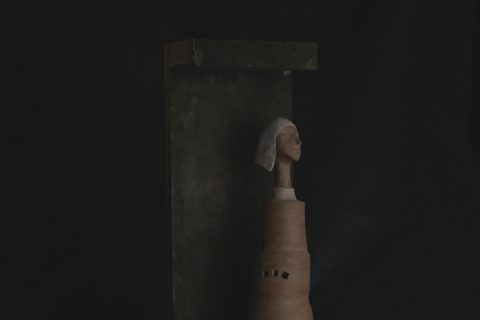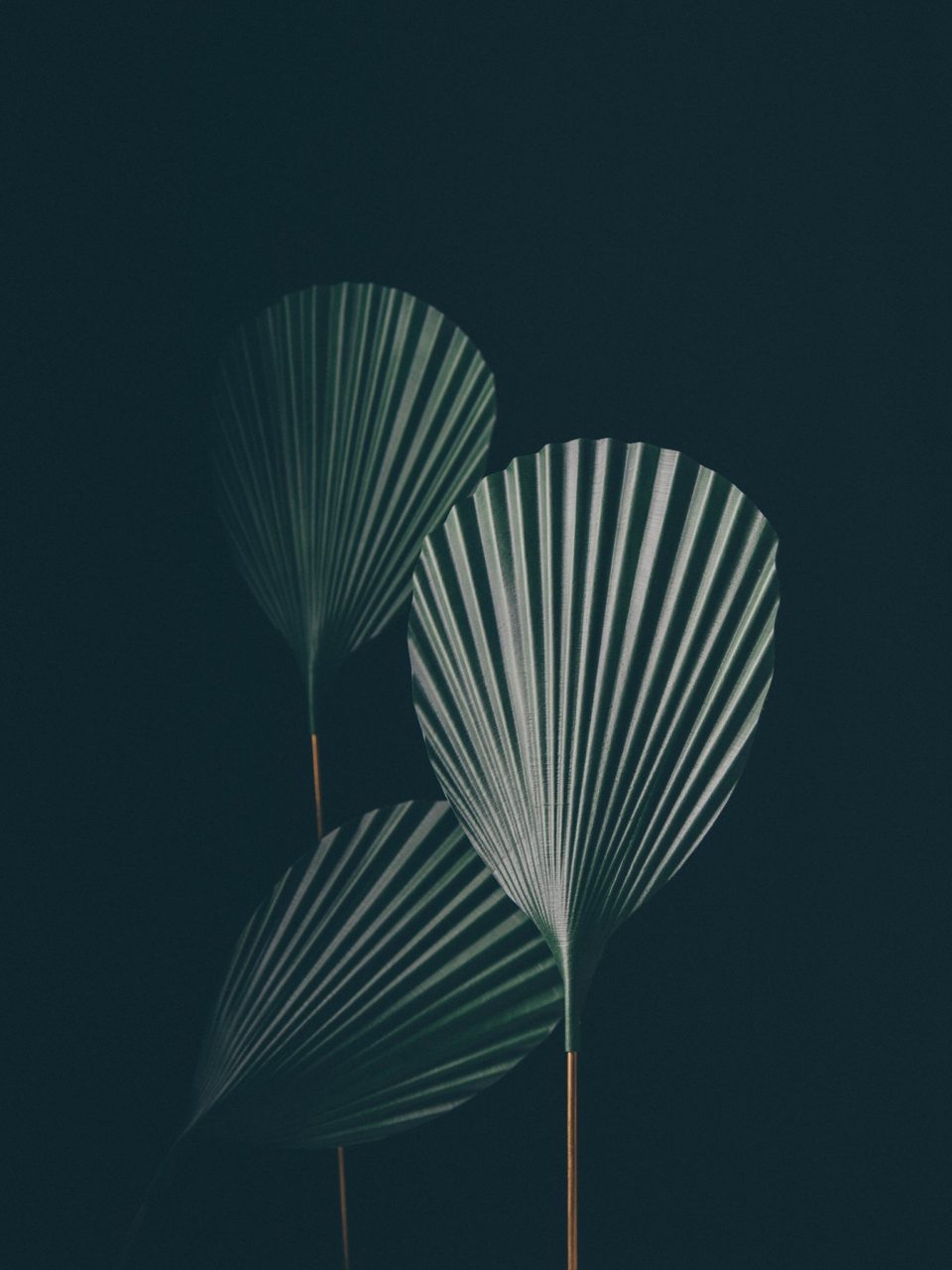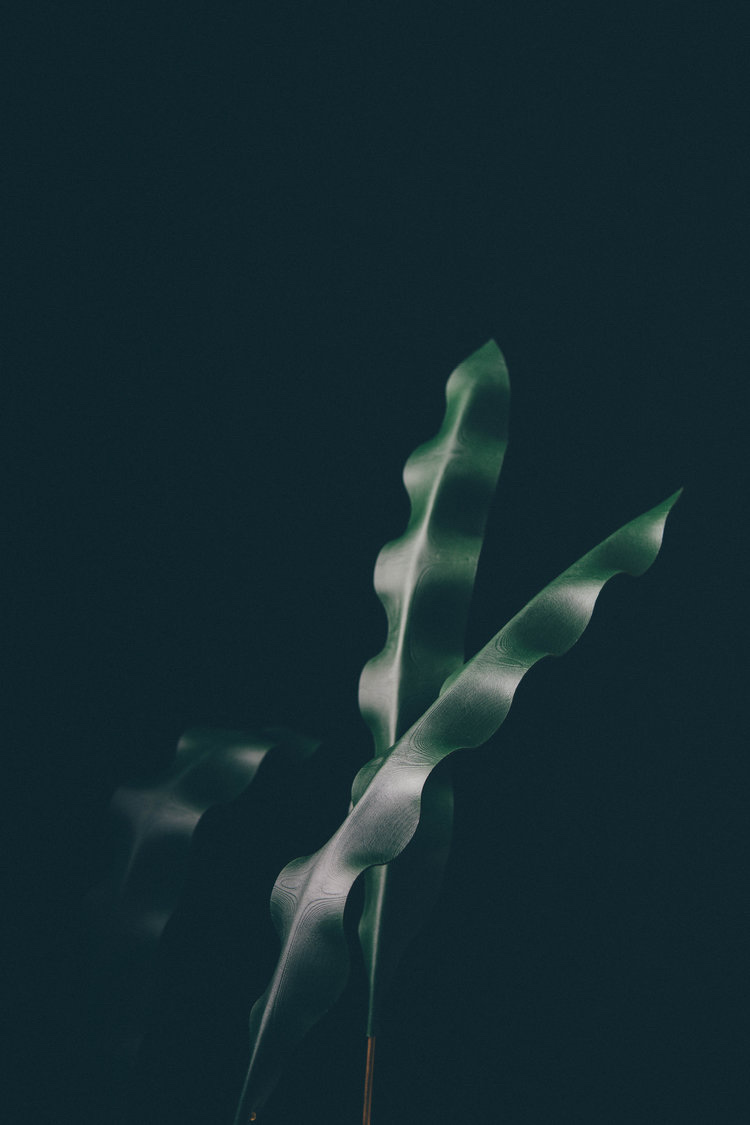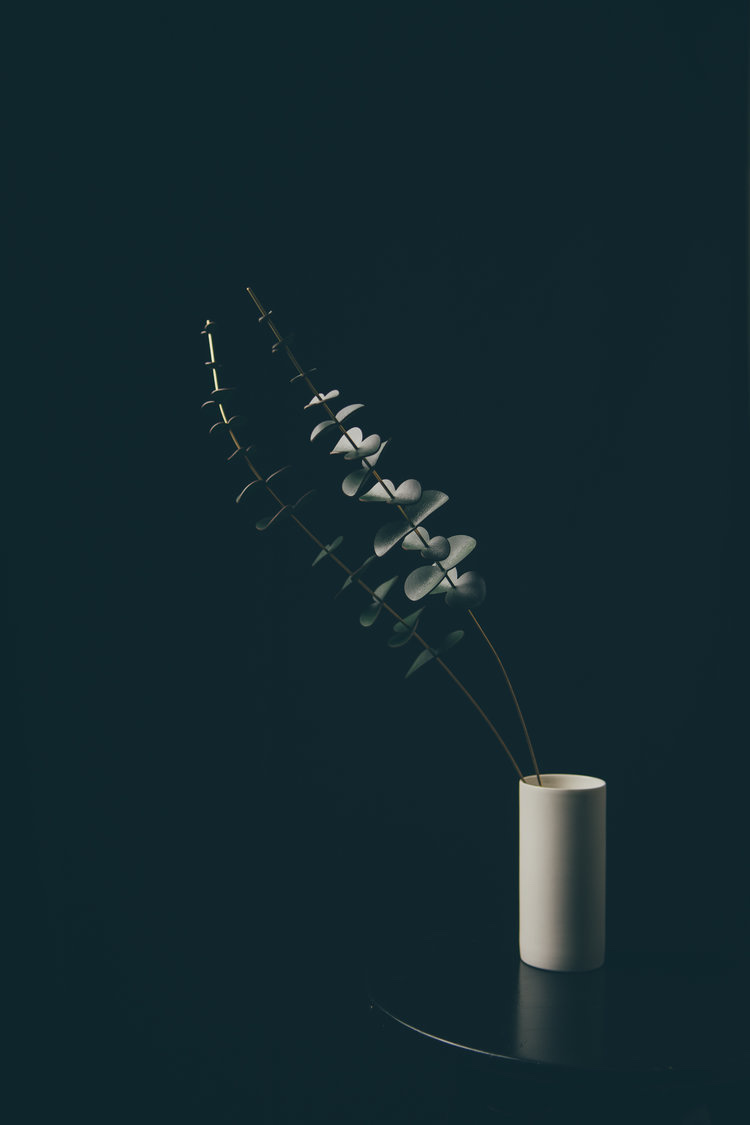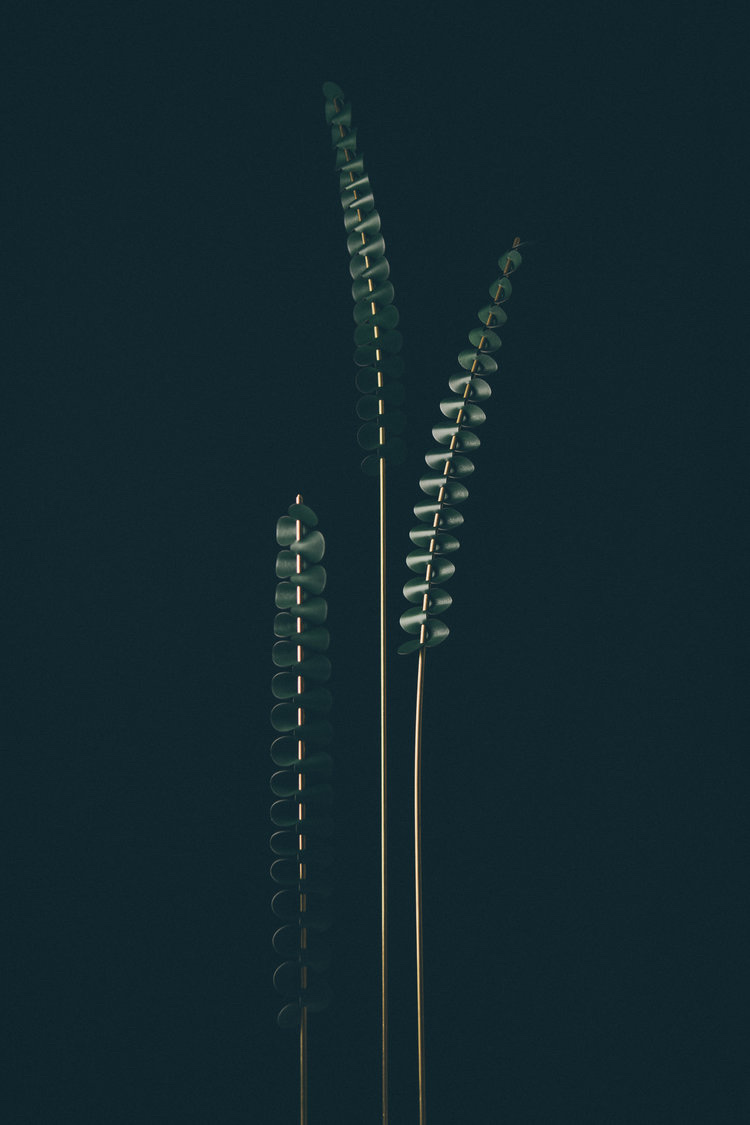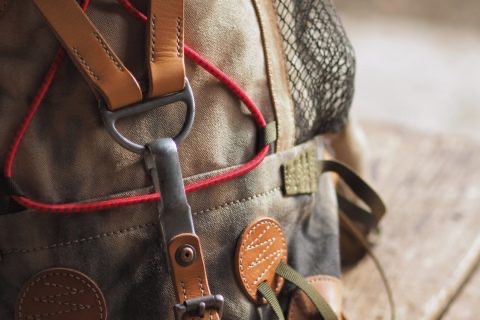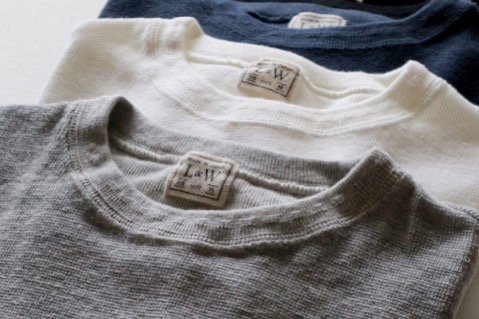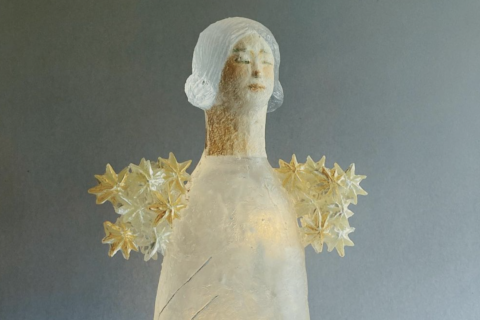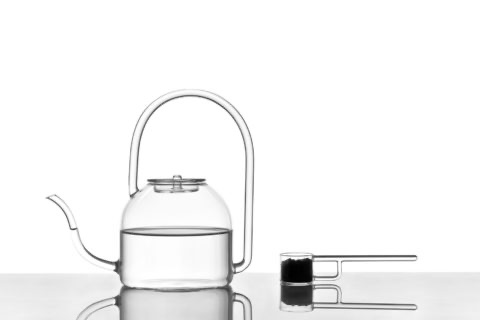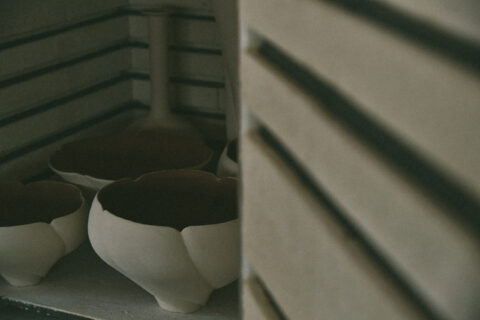皮革的纖維,就如葉脈自然生成。
在設計師Hank和Maxwell的成長地,綠林無處不在,台灣的自然生態多樣,長在野外的植物有四千多種。變幻的山林景色,形成各種綠的面貌,他們就想將這些朝氣好好傳到更多地方,甚至帶回家裡,於是製作了「革植物」,用皮革形塑葉片模樣。
「皮塑是一種有長久歷史的工藝,在古代是用來製作盔甲的,這種技術能讓皮革變得硬挺,不但能提供一定程度的防禦機能,也讓各個世代的藝術家得以進行雕刻、立體塑型。」經過反覆試驗再改良,他們終於能保留皮革的韌性,同時讓它變得稍稍柔軟,更像一棵真的植物。
Leather fibers branch naturally like leaf veins.
Growing up in Taiwan, a place that is blessed with tremendous biodiversity and home to over four thousands species of wild plants, designers Hank and Maxwell have been inspired to bring this incredible energy of green nature to every household. The ever-changing scenery of forests and woods being their inspiration, they created “leather plants” — leather products shaped like leaves.
“Leather molding has a very long history. In ancient times, the craftsmen used this technique to make armor as the leather would stiffen during the molding process. The hardened leather not only provided a certain degree of protection when used as armor, it also allowed artists to both carve on and sculpt with it.” After numerous experiments and refinements, the designer duo eventually came up with the best technique to preserve the toughness in leather, while at the same time retain some of the softness that makes the leather products look more like real plants.
從台灣多見的圓葉蒲葵,有扇子般勻稱散開的皺褶;長於台灣中低海拔山區的山蘇;或以前從澳洲引進台灣的尤加利,現已是中海拔的常見品種,變成革植物後卻多了一分精緻感。
而為了保存植鞣皮革最純粹的模樣,採用了苯染的上色方法。將染劑浸透皮革裏層,而不覆蓋散佈在皮革表面的細孔(漆染則會完全覆蓋),它們就如人的毛孔,也有各種紋路與疤痕,正是因為這些特質,當初才會生出「革植物」的概念。最後研製出可用在皮革上的香氛精油,利用皮革的毛細現象擴香,讓纖維吸收,並透過細孔自然揮發。於是這樣的一棵綠,就想種在你的房間,讓時間刻劃變化,卻永不老。
One can easily see the sophistication in craftsmanship in the leather plants as they are the perfect replicas of some of the most commonly seen plant species in Taiwan. This includes the Roundleaf Fan Palm that is shaped like a fan, the Nest Fern that can be seen at low and medium altitudes, and the eucalyptus imported from Australia which can now be easily found at medium altitude.
To preserve the natural appearance of the vegetable-tanned leather, aniline dye is used to color the leather plants. During the dyeing process, the dye penetrates into the leather without covering the natural grain on the surface (while in contrast pigmented leather has a topcoat paint that makes the grain pattern hardly visible). Similar to human skin, there are different kinds of wrinkles and scars on leather, and the leather grain is just like skin pores. It is the unique qualities in leather that inspired the creation of leather plants, and to pair with this exceptional creation, a special kind of essential oil was crafted. Working on the principle of capillary action, the essential oil goes into the leather plant via its grainy surface and the beautiful fragrance of the oil is eventually diffused. The leather plant is an everlasting green that tells the passing of time yet never ages.
